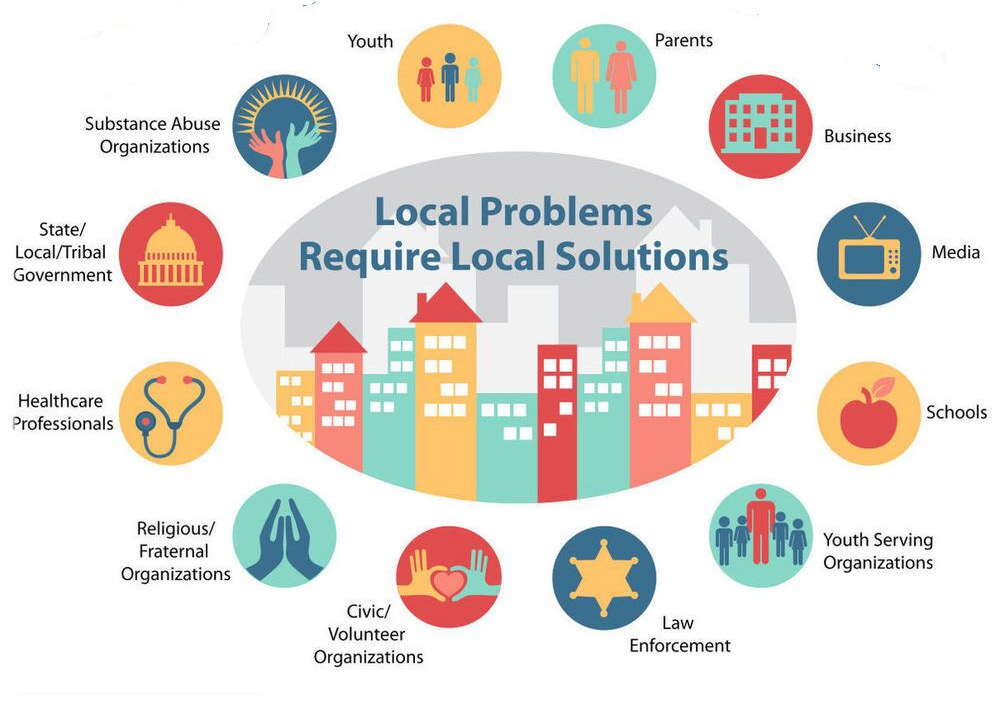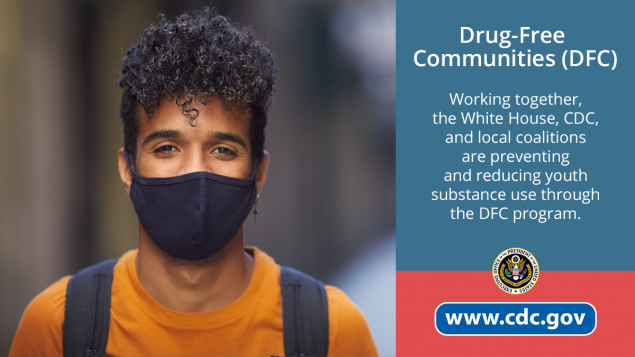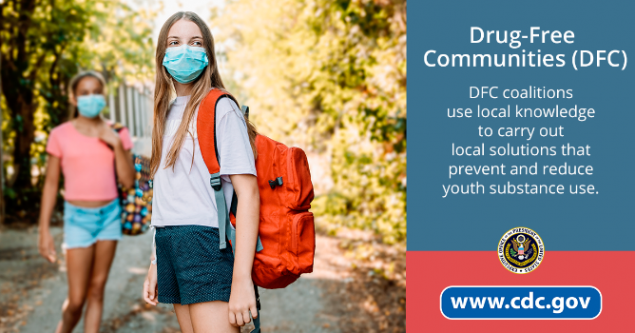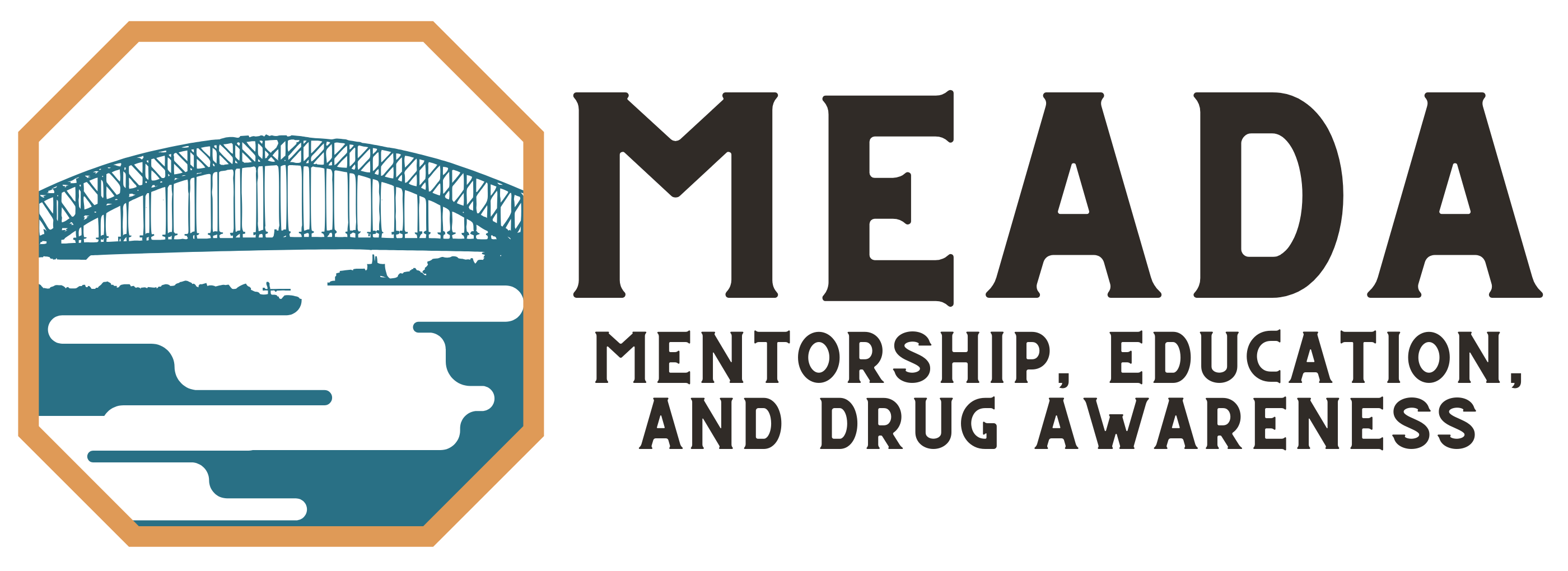Drug-Free Communities (DFC) Grant
MEADA was awarded the grant in mid-2020, with funds starting December 31st, 2020 and running through September 29th, 2025. For each of the five years, $125,000 will be awarded to carryout grant objectives. DFC grants have a 10-year limit (two cycles of 5-year awards) and each year a Continuation Application is filed to ensure the funds will be spent appropriately and determine eligibility for the subsequent year.
The Drug-Free Communities grant requires community wide involvement from 12 sectors (as pictured below). Together, as a coalition, they are driven by local conditions to implement local solutions that will build a safe, healthy, and drug-free community.

Goals All Recipients Need to Work Towards
Goal 1: Increase Community Collaboration
Establish and strengthen collaboration among communities, public and private non-profit agencies, and Federal, state, local and tribal governments to support the efforts of community coalitions working to prevent and reduce substance use among youth.

Local strategies identified to achieve this goal:
- Increase student representation and engagement in the coalition through a youth advisory board.
- Engage with school staffing to encourage student participation in MEADA activities.
- Provide opportunities for MEADA and youth advisory board members to develop and participate in community engagement and events.
- Provide training and professional development opportunities to coalition members that increase education and awareness related to youth substance use.
- Engage community sectors in educational opportunities regarding youth substance use.
- Strengthen communication with Wright County community to achieve greater understanding of youth substance use trends and prevention.
- Expand MEADA and youth advisory board memberships to increase representation of underserved populations.

Goal Two: Reduce Youth Substance Use
Reduce substance use among youth and, over time, reduce substance use among adults by addressing the factors in a community that increase risk for substance use and promoting factors that minimize risk for substance use.
Local strategies identified to achieve this goal:
- Utilize evidence-based tools to educate youth, 6th-12th grades, on the dangers of alcohol, tobacco, and marijuana use.
- Limit youth access to alcohol, tobacco, and marijuana in community settings.
- Implement a county-wide Positive Community Norms (PCN) campaign on alcohol, tobacco, and marijuana using the Science of the Positive framework.
- Create and implement a comprehensive messaging strategy and develop materials to inform 6th-12thgrade students on the harms of alcohol, tobacco, and marijuana use.
- Increase parent education regarding the risks of marijuana use and the community resources available for early intervention and prevention.
